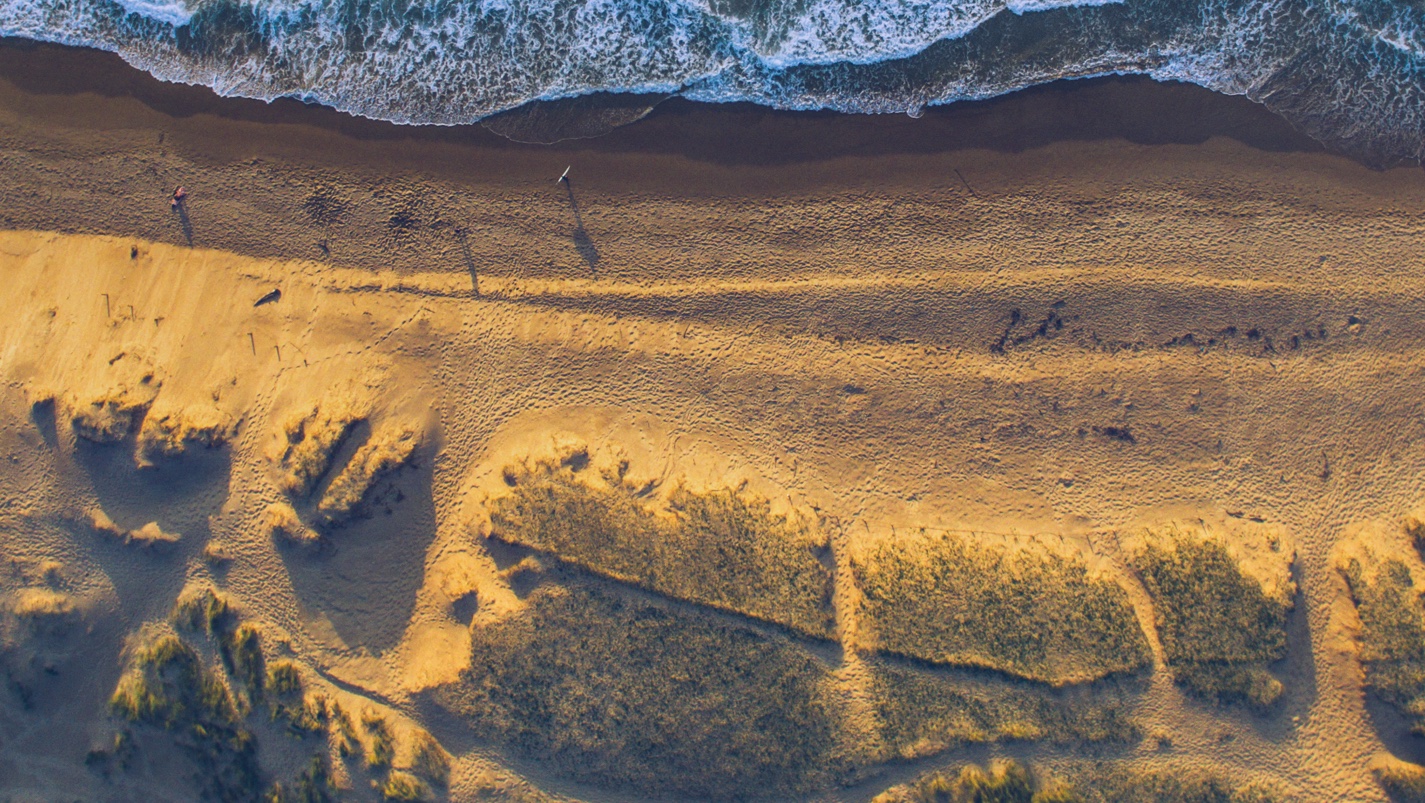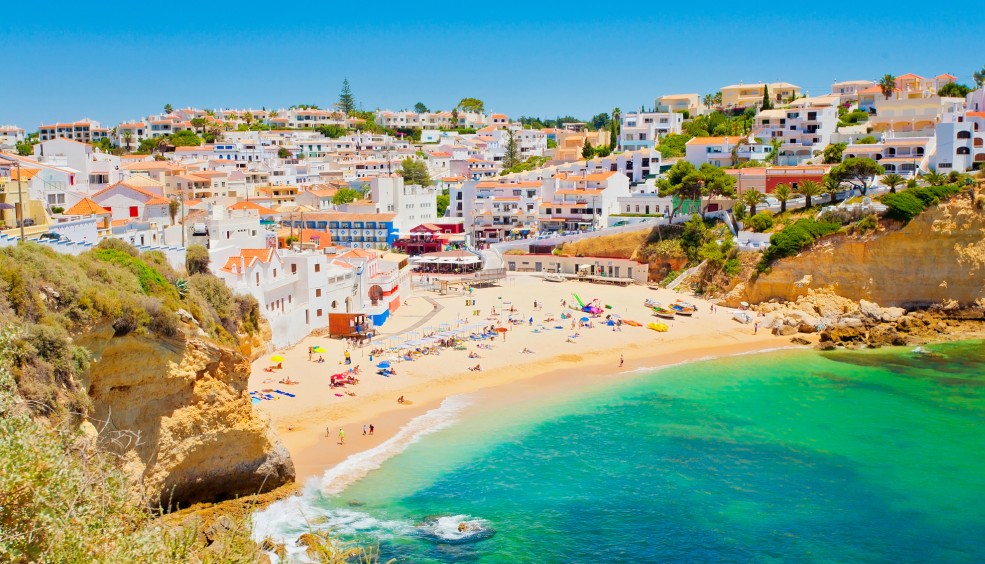7 cheap destinations to enjoy before summer arrives
Do you fancy going away before the official summer holidays, to beat the crowds? Make a note of these ideas.
more info7 places in Jordan you can’t afford to miss
Petra, Amman, Jerash, castles, Roman ruins, the Dead Sea, souks, narrow streets, deserts... Jordan has so much to offer and you can discover it all on a short trip, as everything is close by and transport links are good.
more infoStrolling Through the Austrias Madrid
Among the many charms of Spain’s capital, the quarter known as the Madrid of the Austrias is one of the most exciting areas in the city. The irregular layout in this section of Madrid’s historic district dates from the 16th and 17th century. It was the setting for duels and intrigues, and a privileged witness to the passage of the Habsburg dynasty through the city. Indeed, it was the Habsburgs or Austrias who chose Madrid to be the capital of their empire and they had it embellished to reflect that status.
Plaza Mayor and Environs
The Plaza Mayor is the main precinct to be built by the Austrias in Madrid and, as such, the perfect spot to start our itinerary. Full of atmosphere and thronging with people, it is one of Europe’s most beautiful squares. The project designer was Juan de Herrera, commissioned by Philip II, although it was during the reign of Philip III that it acquired something like its current appearance. I say “something like” because it was gutted by fire in 1790 and had to be restored to a design by Juan de Villanueva. Sited on one side of the square is the Casa de la Panadería, dating from 1590, the first building to go up in the precinct. In the centre of the square stands the equestrian statue of Philip III, by Giambologna and Pietro Tacca.
Emerging from the square along Calle Gerona, opposite us stands the opulent Santa Cruz Palace, in the Plaza de las Provincias, which originally served as a royal prison. Built in Herrerian style as of 1629, in 1791 it also sustained fire damage and was likewise restored under the direction of Villanueva. However, some of its original features were retained, notably the main entrance portal, the twin towers flanking the facade and the large, central coast-of-arms. Since 1938 it has been the seat of the Ministry of Foreign Affairs.
In the same square stands a replica of the 17th-century Fuente de Orfeo (Orpheus Fountain) – the original is housed in the National Archaeological Museum. Continuing along Calle de la Fresa as far as Calle Postas, we come to the Posada del Peine, one of the oldest hostel facilities in Spain, founded in 1610.
Calle Arenal and Plaza de Oriente
From here we walk into Calle del Arenal, site of the popular, 17th-century Church of San Ginés which houses a large number of artworks. Nearby stands the legendary San Ginés Chocolate Factory, dating from 1894, a favourite among Madrilenians for having chocolate con churros.
The area between Calle Arenal and Gran Vía contains a network of streets which are the site of a number of well-preserved monasteries, including the Monastery of the Descalzas Reales and the Convent of the Encarnación.
Further along Calle Arenal we come to the Plaza de Isabel II, formerly known as the Caños del Peral, with its spectacular Teatro Real facade. The square was important at the time of the Austrias as standing in its centre was one of the city’s major fountains. The remains of this fountain can still be seen by going down into the Ópera metro station.
Going around the Teatro Real we come to the Plaza de Oriente, home to the Royal Palace, which stands on the former site of the Habsburg citadel, known as the Alcázar. South of the Plaza de Oriente lies the Plaza de Ramales, once the site of the Church of St John the Baptist, where Diego Velázquez was buried. Oddly enough, various searches were conducted to find his bones. They were never found, but are still believed to be somewhere in the square.
Heading down Calle San Nicolás, we emerge into one of the oldest parts of the quarter, featuring the church of St Nicholas of Bari, the oldest church in Madrid. Turning back towards Calle Mayor, we come across the Palace of the Dukes of Uceda, a majestic 17th-century residence. Next door stands the Church of El Sacramento, which was financed by the Duke of Uceda in 1616.
Back in the Plaza Mayor, a must-visit landmark is the Arco de Cuchilleros, a traditional arcade lined with mesones and home to the famous restaurant, Casa Botín which, founded in 1725, has the honour of being the oldest restaurant in the world. The Arco de Cuchilleros was built by Juan Gómez de Mora in 1619 to offset the split level between the square and the Cava de San Miguel. This building, which is three storeys higher than the rest of the ensemble, was for centuries the tallest construction in Madrid. Behind the Cava de San Miguel lies the San Miguel Market, a favourite among Madrilenians when they go out to eat top-quality tapas. Near the market stands the Plaza de la Villa, one of the most emblematic Habsburg squares in the city on account of three unique buildings – the Casa de la Villa – the former City Hall – the House and Tower of Los Lujanes and the Casa de Cisneros.
Be sure to visit the Austrias’ Madrid – book your Vueling here.
Text by Aleix Palau for Los Viajes de ISABELYLUIS
more info
Bergamo The Pearl of Lombardy
With a millennial tradition, Bergamo rises majestically atop a hill in Lombardy. Its medieval old town is one of the best preserved in the region, with vestiges of the passage of Venetians, Austrians, Napoleon and, lastly, the unifiers under Garibaldi. But, apart from its monumental heritage, Bergamo is also famous for its cuisine and for being the birthplace of one of the leading opera composers of all time – Gaetano Donizetti.
Between the Città Alta and the Città Bassa
The Bergamasque universe is split in two. The historic centre is surrounded by an old wall at the top of a steep hill in what is known as the Città Alta or Upper City. At the foot of these hills lies the Città Bassa or Lower City which spreads across the plains and is now the hub of the city’s development.
Until the 19th century, the only connection between the two parts of Bergamo was via the sloping fortified wall gates. Over a hundred years ago, however, they were joined by a funicular railway which now links the Upper and Lower City in less than five minutes. The ride affords some stunning views.
The Essential Bergamo
The two main thoroughfares in old Bergamo are Via Gombito and Via Bartolomeo Colleoni. The network of streets that fan out from there is well worth strolling through as they are structured around the Piazza Vecchia, of which the architect Le Corbusier said it was the most beautiful square in Italy. It is also the site of some of the city’s most significant buildings. Presiding over the area is the formidable Torre Civica, also known as the Campanone, a stunning campanile from where the bells once pealed out to mark curfews and which connects the Palazzo della Ragione to the Palazzo del Podestà.
At the other end of the square stands the white Palazzo Nuovo, designed by the architect Vincenzo Scamozzi. It now houses a library, while a second-hand book and antique market sets up shop under its arcade on Sunday mornings.
The arches attached to the municipal building on the far side of the square lead to the Piazza Duomo. Sited here and well worth visiting is the Cathedral, although absolute pride of place goes to the adjoining Basilica di Santa Maria Maggiore, one of the most beautiful churches in the north of Italy. Begun in the 12th century, its Romanesque exterior belies its opulent interior, studded with frescoes, coloured stucco and marquetry work of the finest quality. A prominent highlight is the Colleoni Chapel. Here, too, lie the mortal remains of the most illustrious Bergamasque, Gaetano Donizetti, as well as those of his master, the no less distinguished Simon Mayr.
A Universal Bergamasque
No account of Bergamo would be complete without mention of the composer, Gaetano Donizetti, who was born and died here. Indeed, every step one takes through the city is a constant reminder of the romantic musician. Whether you are a music lover or not, we wholeheartedly recommend visiting the Museo Donizettiano, located near the Basilica de Santa Maria, with its collection of the composer’s personal belongings and several of his handwritten musical scores. The city’s leading theatre, the Donizetti Theatre, is yet another reminder of Bergamo’s favourite son. Adjacent to the theatre, a large monument pays tribute to his figure, while in autumn the city hosts the Festival Donizetti, which includes performances of his operas and includes guest opera stars from abroad. The festival is also a good time to discover the Teatro Sociale which, after its latest refurbishment in 2009, is unlikely to leave you indifferent.
Essential Cuisine
By now nobody would be surprised to hear about the excellence of Italian cuisine, and Bergamasque cooking is no exception. The star dish in the city is their casonsei or casoncelli alla bergamasca, a meat-filled pasta with a superb sage butter sauce. Their cured meat is another forte of the region, as are the wines. There are two venues you should make a point of visiting if you want to taste their finest cuisine. First, Da Mimmo, on the Via Colleoni in the Città Alta. Here you can taste some of the local specialities and one of the city’s most famous pizzas. The other essential eatery is the Baretto de San Vigilio. You can only get there by taking a second funicular from the Città Alta. The restaurant serves delicious traditional cuisine with signature flourishes and affords what are some of the best views of Bergamo. You simply must try their homemade tiramisu, one of the tastiest in the north of Italy.
Fire up and visit this fantastic Lombard city – book your Vueling to Milan here.
Text by Aleix Palau for Los Viajes de ISABELYLUIS
Images by Aleix Palau, Rick Ligthelm, David Spender
more info




